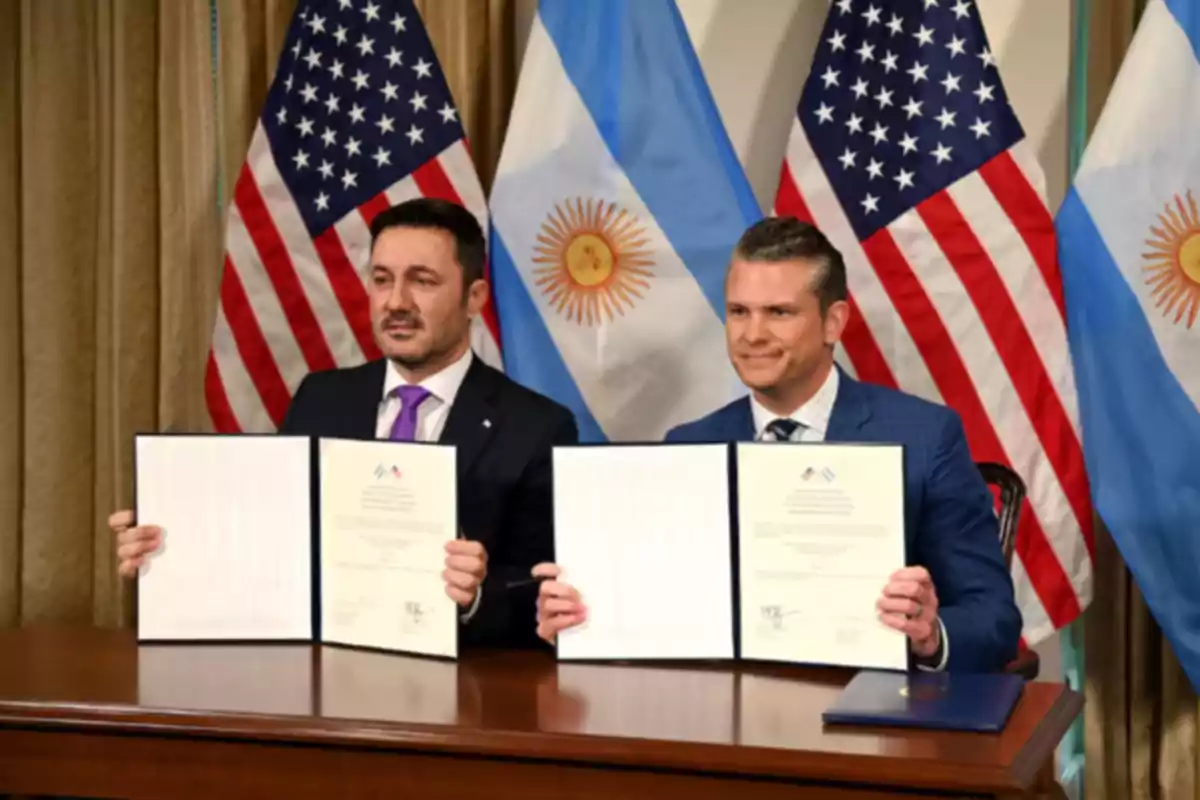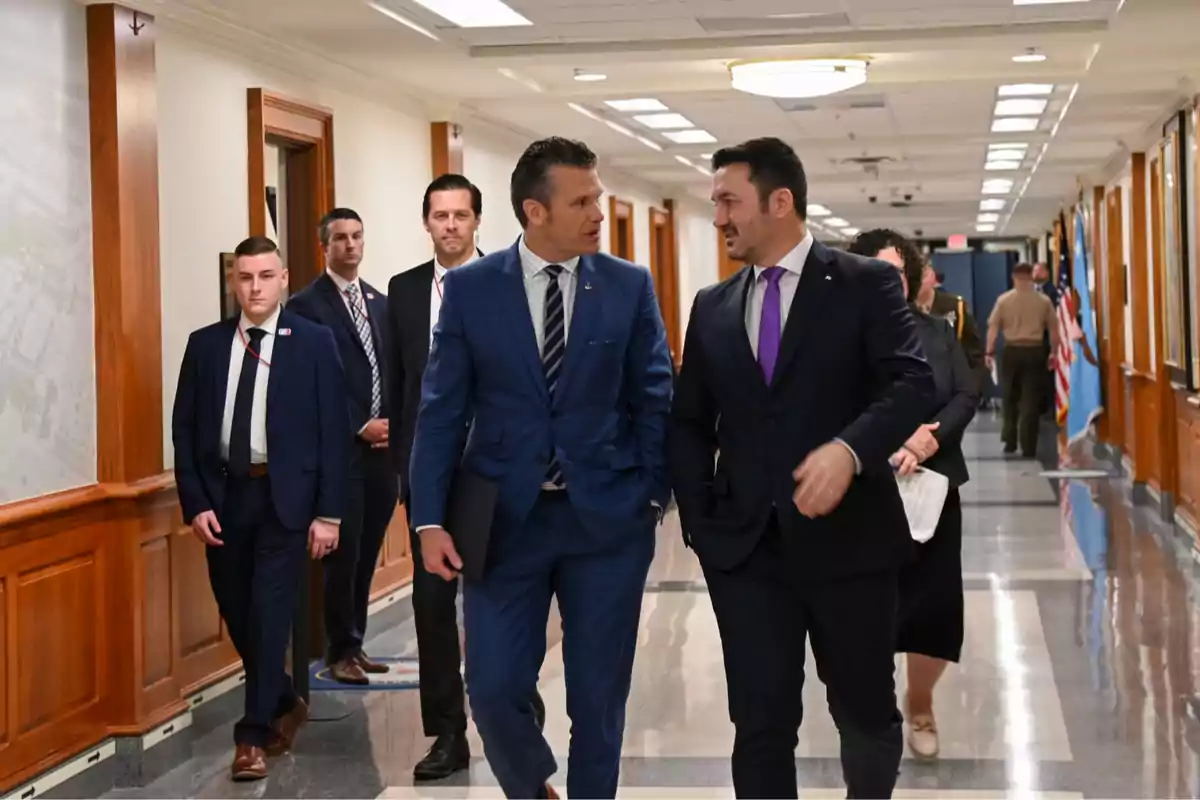
Argentina and the United States sealed a historic agreement to modernize the navy
Luis Petri met with Pete Hegseth at the Pentagon, and they agreed on the purchase of Stryker armored vehicles for the Argentine Army
In a new chapter in the strengthening of bilateral relations between Argentina and the United States, the Minister of Defense of the Nation, Luis Petri, held a strategic meeting this Wednesday with his American counterpart, Pete Hegseth, at the Pentagon building. At this high-level summit, a historic agreement was sealed that enables, among other points, the acquisition by the South American country of Stryker armored vehicles, cutting-edge technology developed by the United States Army.
The meeting, loaded with political and military symbolism, represents a concrete step forward in the reconfiguration of the relationship between both nations. This is not just a purchase: it is a geopolitical reaffirmation. Javier Milei's government seeks to turn Argentina into a strategic ally of the West, leaving behind years of ambiguous alignment with authoritarian regimes and ineffective multilateral structures. In this context, defense cooperation has become a top priority.

The bilateral agenda included technical presentations, strategic assessments, and a joint roadmap that contemplates a thorough update of Argentine military equipment. To the recent incorporation of F-16 fighter jets—a decision celebrated both in Washington and Brussels—is now added the acquisition of Stryker armored vehicles, state-of-the-art transport and combat units that will provide the Army with an unprecedented operational capability since the Falklands War.
The U.S. Secretary of Defense, Pete Hegseth, expressed through his social media: "It was an honor to welcome Argentine Defense Minister @luispetri to the Pentagon. Together, we'll strengthen our defense alliance and address the concerns of our shared hemisphere."
Meanwhile, Luis Petri emphasized that the United States government recognizes President Javier Milei's leadership, noting that "it has once again looked to Argentina as a strategic partner." In his words: "We have received the support of a power to modernize our Armed Forces. The decision to acquire the F-16s, the signing for the Strykers, and a deepening military cooperation show that Argentina is once again a reliable and leading actor in the defense of peace, freedom, and global security."
During the meeting, key issues were also addressed such as cybersecurity, combined military exercises, troop training, and technology transfer. According to sources from the Ministry of Defense, the agreement signed will facilitate interoperability with regional forces and prioritize the technical training of Argentine personnel. In the coming months, local technicians and officers will work together with U.S. specialists to define the delivery and training schedule.

The program includes implementation stages and monitoring mechanisms, including exchange protocols for technical and operational information. In the near future, joint missions and a possible expansion of the scope of cooperation into new areas sensitive to national defense are already being projected.
Spokespersons for the U.S. Department of Defense described the agreement as "strategic" and highlighted the progress made by the new Argentine government in record time. The compatibility of equipment and military doctrine is, as they emphasized, "a central part of the shared security architecture."
The purchase of the Strykers—armored vehicles capable of moving troops with high speed, protection, and maneuverability in hostile environments—fits into the libertarian objective of modernizing the Armed Forces after decades of disinvestment. This vision not only aims to provide real capabilities to national defense, but also to position Argentina as a bastion of freedom in the region.
More posts: